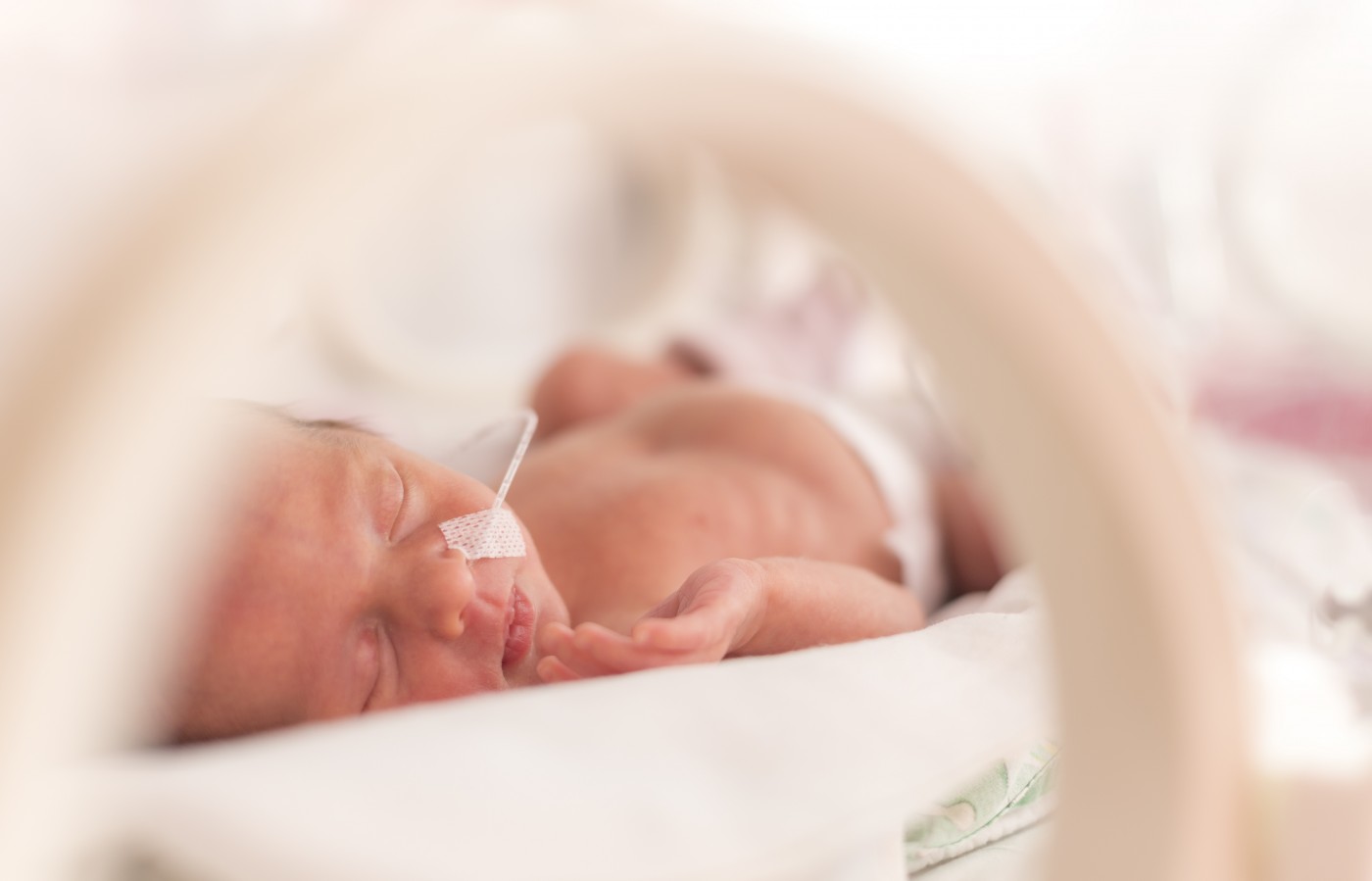Congenital Zika Syndrome May Be Linked to Severe Forms of Cerebral Palsy, Study Finds

Congenital Zika syndrome (CZS) may be associated with severe forms of cerebral palsy (CP) in which infants exhibit serious neurodevelopmental delays coupled with epilepsy, a study reveals.
The study, “Clinical and neurodevelopmental features in children with cerebral palsy and probable congenital Zika,” was published in the journal Brain & Development.
Cerebral palsy comprises a group of neurological disorders that affect posture and restrict movement. These disorders are caused by brain lesions that occur in fetal development or infancy.
According to previous studies, CP may be considered part of the congenital Zika syndrome disease spectrum. CZS includes a series of birth defects, such as microcephaly (abnormally small head circumference), brain damage, hearing and vision loss, muscle stiffness, and motor impairments, caused by infection with the Zika virus during pregnancy.
“However, since CZS has been recently recognized, few studies have described the CP features and the neurodevelopmental outcomes, so far,” the investigators wrote.
In this study, a group of Brazilian researchers set out to characterize the neurological and neurodevelopmental features of infants with CP that could be associated with CZS.
The prospective study involved 82 infants younger than a year old who were born to young mothers (an average of 28.1 years old) and suspected of having CZS. All children participating in the study were admitted to a neurodevelopmental rehabilitation program when they were an average of 4.8 months old and were monitored until 13.2 months old on average.
Neurodevelopmental and neurological assessments performed when infants were approximately a year old were based on the Bayley-III Scales of Infant and Toddler Development.
Most infants were born with severe microcephaly (62%), spastic CP (96.3%), epilepsy (63.4%), brain calcifications (97.6%), abnormal persistence of primitive reflexes (94.7%), and lack of natural postural reactions (93.2%). Both persistence or delay in the disappearance of primitive reflexes and absence of postural reactions have been observed in infants with cerebral palsy and are signs of a poor prognosis for future independent walking ability.
Neurodevelopmental examinations revealed most children had poor performance in cognitive (95.1%), language (97.6%), and motor (97.6%) categories.
Correlation analysis found a strong relationship between cognitive scores and infants’ head circumference at birth and at follow-up. In addition, the infants’ head circumference at follow-up was strongly correlated with motor scores.
At follow-up, 63.4% of the children had epilepsy, and spastic cerebral palsy was predominant, with hypertonia (rigid muscles and difficulty with mobility and flexing) observed in 96.3%.
“This study demonstrates that congenital [Zika virus] infection may be associated with a severe form of CP, mainly bilateral spastic, with a severe neurodevelopmental impairment at 1 year of age, signs of a poor motor prognosis and frequently associated with epilepsy. Also, [head circumference] is probably a prognostic marker of a poorer developmental outcome at this age,” the researchers wrote.
“These results may help establish goals on the rehabilitation program in this population, identify priority health services needed and set basis for future prognostic studies,” they added.


